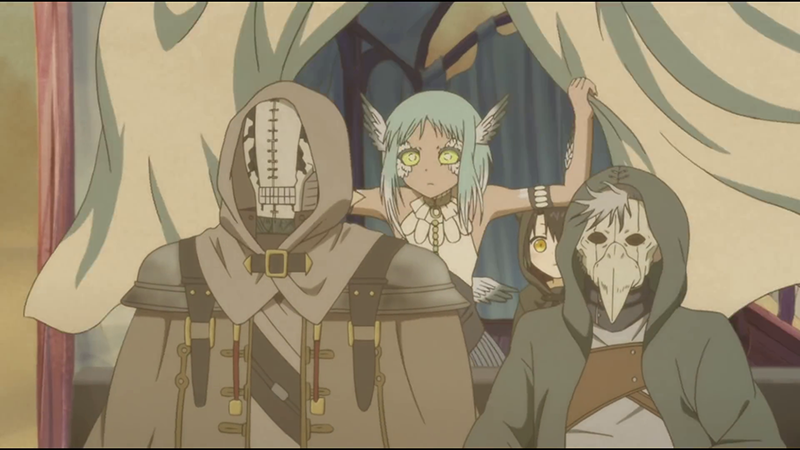
At first, most people did not want to take family names at all because they feared disadvantages, e.g.
MORI NO KAMI DEFINITION PLUS
It is hard to imagine that at the beginning of the Meiji period, after the end of the Edo period, practically all names were first abolished and only four remained: Fujiwara for the nobles, Minamoto for most of the former samurai, plus Taira and Tachibana. Since 1947, they have been able to decide which spouse’s family name they want to adopt. It was not until 1896 that both spouses had to adopt the same name, usually the husband’s name. during the Meiji period, whereby women initially had to retain their family name after marriage. You will certainly be surprised to learn that family names only became obligatory for all Japanese citizens on 13 February 1875, i.e. In the German-speaking world, family names came into being around the 12th century, or at least as early as the Middle Ages. With this small vocabulary, you can now independently read other familiar family names and guess and understand their meaning. The most common name, Satō (佐藤), and the 6th most common, Itō (伊藤), still have the kanji for blue vine (see above) in their names, presumably in reference to the Fujiwara family (藤). They then form common surnames (namely 23 of the top 30 surnames):

But what about Japanese family names? Read along for an introduction to the most common family names in Japan, and a history of how family names evolved over time. Some time ago, we introduced the most popular Japanese first names and their meaning.


 0 kommentar(er)
0 kommentar(er)
